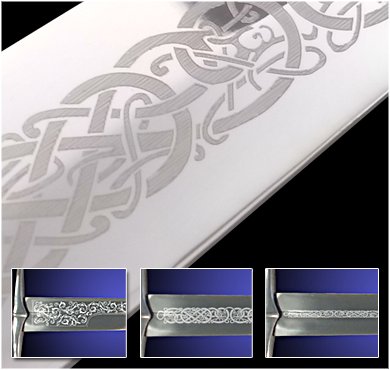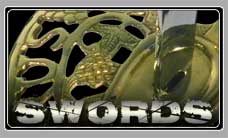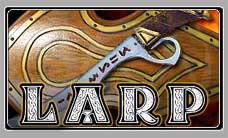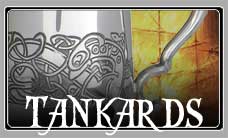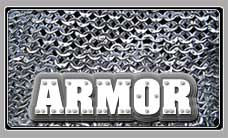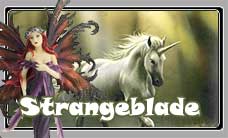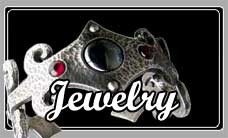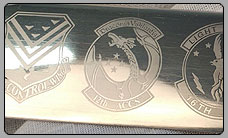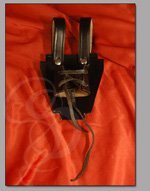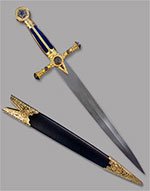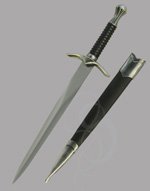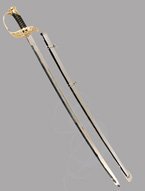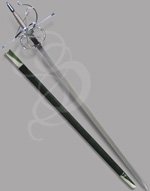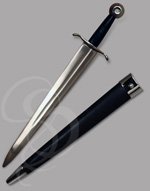Roman Italic Helmet
There's much discussion and debate on the history of the Roman Italic "D" style helmet. Some say that it was used by the legendary Praetorian Guard. Others say it was primarily used by the XIIII Legion, based near Mainz in Germany. And still others insist that it was not a helmet at all, but a unique and extremely unsuccessful variety of combat boots.
Although some historians believe that this may have been standard equipment for many roman legionaries, the distinctive markings and ornate styling on this helmet lead many others to conclude that it was most likely used only by the elite and feared Praetorian Guard, or a similarly specialized troop.
There are others, however, who believe the helmet may have a connection to the Fourteenth Legion. This is based on an archeological finding of an Italic "D" Helmet in Mainz. The helmet dated to about the time that the Fourteenth was stationed in Mainz, and had a note tucked in the bowl that said "If found, please return to Gaius Lucius, Fourteenth Legion. And Flavius, if you took this helmet again, I'm going to cut you in two and feed you to the Gauls." Most historians doubt the existence of this note, but I know for a fact that it was in there. Although, thinking back on it now, it might have been one of my many hallucinations. I do so need help.
Several of these so-called Type "D" helmets have been discovered, as well as several earpieces belonging to Type D Helmets. It is apparent that these helmets were mass produced because most of the ones found have the same decorative elements on the temples and earpieces (and most of them say "Made in China" on the inside.) (I kid of course. The Chinese never made Roman helmets. Although the Koreans...). Which is why some historians think it may have been standard equipment for many Roman soldiers.
There is no historic evidence to suggest that these were ever used as a bizzare style of combat boots. In fact, we can't really find any historians to support this fact at all and believe that I am going completely nuts and made that up.
See Strongblade's Roman Italic Helmet

